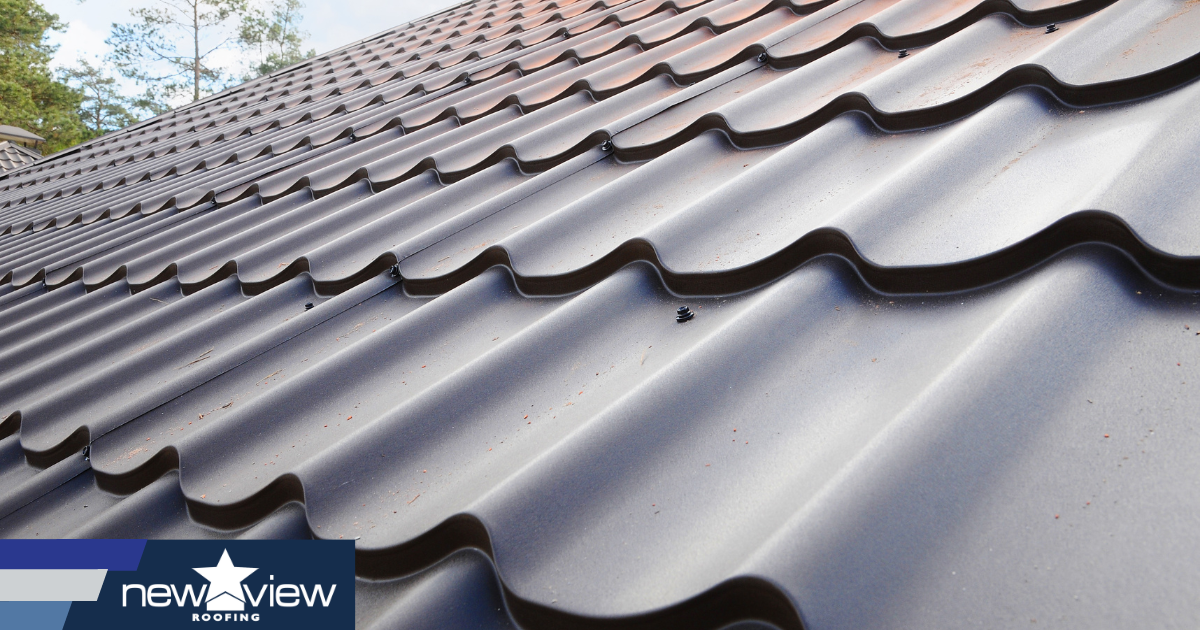Neighborhood Insights on Roofing Companies Gainesville Florida Homeowners Prefer
Neighborhood Insights on Roofing Companies Gainesville Florida Homeowners Prefer
Blog Article
Best Practices for Ensuring Correct Roofing Ventilation
Guaranteeing correct roofing ventilation is crucial for the long life and performance of a roof system. A balanced consumption and exhaust vent proportion, frequently 1:300, plays a critical function, with consumption vents ideally placed at the lower side of the roofing system for awesome air entry and exhaust vents at the optimal for warm air leave. Routine evaluations to recognize blockages and preserve clear air movement are vital. Maintaining insulation away from vents is vital to avoid air flow limitation. Recognizing these foundational components sets the stage for more detailed insights into setup and maintenance methods that can significantly boost your roof's efficiency.
Understand Air Flow Basics
Properly comprehending air flow essentials is crucial for making sure the longevity and effectiveness of roof covering systems. Efficient air flow alleviates dampness accumulation and temperature extremes in the attic room, both of which can cause substantial structural damages with time. A well-ventilated roof assists in avoiding typical problems such as mold growth, wood rot, and ice dams, which can endanger the stability of the roof materials and the underlying structures.
The main objective of air flow is to help with the movement of air, enabling a consistent exchange in between the interior and exterior environments. This balance is attained via a mix of intake and exhaust vents that interact to keep ideal airflow. Intake vents, typically located along the soffits or eaves, enable fresh air to enter the attic room, while exhaust vents, frequently located at or near the roofing ridge, allow hot, humid air to leave.
Key aspects influencing the effectiveness of roof ventilation include proper positioning, adequate sizing, and making sure that both intake and exhaust vents are unhampered. Normal inspection and upkeep are important to determine potential clogs, damage, or inadequacies in the air flow system, therefore securing the roofing system's efficiency and durability.
Kinds of Roof Covering Vents
Roofing vents play an essential role in maintaining effective attic air flow and, by expansion, the general wellness of the roof covering system. Numerous kinds of roofing system vents are readily available, each with special advantages tailored to particular roof covering demands.

Soffit vents are mounted under the eaves and operate in tandem with roofing system vents to make sure a balanced consumption and exhaust system. By enabling cooler air to get in from below, soffit vents help with the expulsion of warm air through top vents. Gable vents, situated on the exterior wall surfaces of the attic, offer another efficient solution, specifically in homes with saddleback roofs.
Analyze Your Existing Air Flow

Following, take into consideration the age and problem of your roof covering materials and air flow elements. Older systems might not adhere to existing building regulations or may have weakened over time, decreasing their effectiveness. Conduct a thorough assessment to recognize any type of indications of damage, such as rust, damages, or gaps that might jeopardize the system's performance.
Furthermore, gauge the attic room temperature level and humidity levels. High temperatures and moisture can indicate inadequate air flow.
Setup Best Practices
Reliable setup of roof air flow systems is vital for ensuring optimum efficiency and longevity. Appropriate setup starts with recognizing the certain ventilation requirements of the roof covering and the building it covers. This includes calculating the correct ratio of intake to exhaust vents, typically sticking to the 1:300 regulation, which states one square foot of air flow for every single 300 square feet of attic room flooring space.

The placement of vents is just as vital. Intake vents ought to be mounted at the roofing's lower edge, frequently in the soffits, to permit amazing air to go into. Exhaust vents, on the other hand, need to be set up near or at the roof covering's height to assist in the exit of warm, wet air. This produces an all-natural airflow that assists maintain temperature and dampness balance within the attic room.
Seal all vent links carefully to stop air leakages and prospective water infiltration. Usage high-grade materials and follow maker standards to make sure toughness and effectiveness. Additionally, incorporating ridge vents with baffles can dramatically improve air flow efficiency by stopping wind-driven rainfall and snow from going into the attic.
Ultimately, precise installation of roof covering ventilation systems minimizes potential problems such as mold and mildew growth, ice dams, and structural damages, making sure the roofing system's integrity and the structure's total health.
Regular Upkeep Tips
Consistency in upkeep methods is essential to making sure the long-lasting performance of roof air flow systems. During these examinations, guarantee that link vents are cost-free of debris, nests, and various other obstructions that can restrain air flow.
Use a soft brush or Homepage a vacuum cleaner to eliminate dust and particles from consumption and exhaust vents. Be careful not to harm the vent displays or louvers during the process.
Correct insulation is just as important. Make sure that attic room insulation does not obstruct the vents, as this can badly restrict airflow. Rearrange or change it to preserve a reliable barrier. if any insulation has actually moved or settled.
Finally, replace any kind of damaged or missing elements promptly. Broken vents, split shingles, or deteriorated blinking can all contribute to inadequate air flow and should be addressed right away. Routine maintenance makes certain that the roof ventilation system works efficiently, thus expanding the life-span of the roof itself.
Final Thought
Making certain correct roof ventilation is paramount for keeping the performance and longevity of a roof covering system. Adherence to the 1:300 consumption and exhaust air vent proportion, combined with the tactical placement of vents, is essential. Regular semiannual examinations, particles cleaning, and guaranteeing insulation does not obstruct airflow are critical techniques. Carrying out these best practices will certainly promote a well-ventilated roof, thus mitigating possible problems associated to moisture buildup and too much warm, ultimately lengthening the roofing's lifespan.
A balanced intake and exhaust air vent ratio, typically 1:300, plays a crucial role, with consumption vents preferably placed at the reduced side of the roofing system for amazing air access you can try these out and exhaust vents at the height for warm air leave. Consumption vents, generally located along the soffits or eaves, permit fresh air to enter the attic space, while exhaust vents, typically positioned at or near the roof ridge, enable warm, humid air to leave.
Soffit vents are set up under the eaves and work in tandem with roofing system vents to make sure a well balanced consumption and exhaust system. By enabling cooler air to enter from below, soffit vents help with the expulsion of hot air via upper vents. Adherence to the 1:300 consumption and exhaust air vent proportion, combined with the tactical placement of vents, is crucial.
Report this page